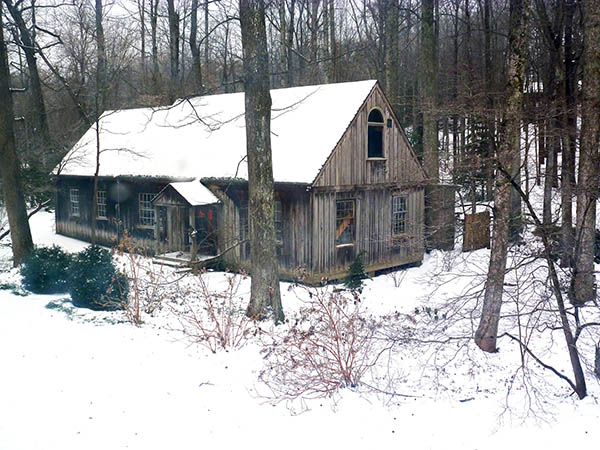
Other than freezing my [buns] off, what are some drawbacks of working in a cold shop? We’re approaching winter here in the upper Midwest. Anything special about tools or the wood itself?
Ellis Walentine: If it gets really cold in the shop overnight, say below 10 degrees F, you might find your fingers sticking to the cast-iron surfaces of your machines in the morning. Fluorescent lights will flicker for a while before they heat up enough to operate normally. Water-based adhesives and paints will freeze up and be worthless. (Always take your yellow and white glue inside for the night, or make an insulated glue cabinet with a 25-watt light bulb in it to keep the glue warm.) And, if you use waterstones, take them in also. They could freeze and fracture. Your wood shouldn’t be affected, but don’t try gluing it up until it warms to room temperature.
Ian Kirby: Here are the drawbacks: the tools are cold, the wood is cold, the glue won’t cure below a certain temperature or will freeze. Other than that, there’s nothing special about working in the cold. Just remember that it’s a dry atmosphere. The good news is that you don’t have to refrigerate the champagne.
Editor’s Note: The management would like to take a moment to express it’s concern that any champagne, cold or otherwise, you might consume in your shop should be imbibed after a project’s completion and only when all power tools are unplugged and all hand tools are locked away. And please keep your safety glasses on until after the cork has popped.
Rick White: Working in the cold presents lots of problems, so I don’t recommend it. There are issues with glues, finishes, and wood movement as you move the wood from warm to cold environments. The real issue, however, is you won’t do your best work when you are cold and uncomfortable. You’ll rush through processes, you won’t be as safety conscious, and your accuracy will deteriorate. Just ask the carpenters who build houses in the winter. Their work is never as good in winter as it is when the weather is warmer. They just try to make it through the day to get out of the cold and the quality of their work suffers. Don’t let that happen to you.
Michael Dresdner: If your adhesive is too cold it won’t set. In fact, most will go bad upon freezing. Cold weather often translates into a low relative humidity, and wood may act up and move. And, of course, few, if any, finishes cure at low temperatures.





